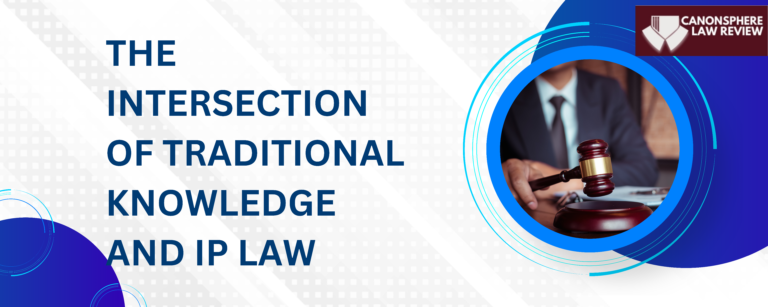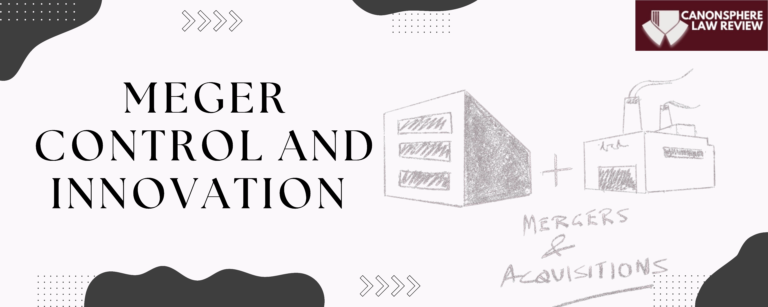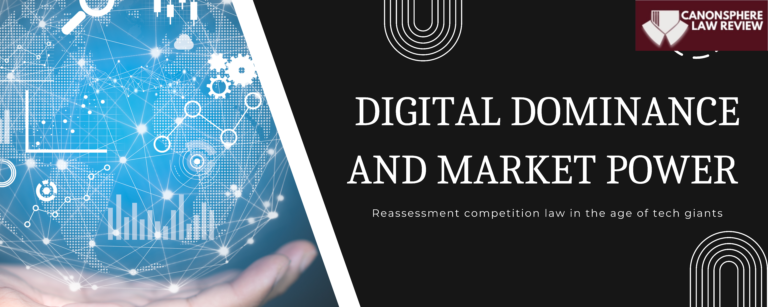This Long article has been written by Kavya Agrawal. She is a law student at Maharashtra National Law University, Chhatrapati Sambhajinagar.
ABSTRACT
In the digital age, Cyber terrorism has become a serious and very dynamic threat to both national and international security. Cyber terrorism basically means the use of information technology to overthrow, harm, or compel governments and society, in contrast to traditional terrorism which basically depends on physical violence. With potentially disastrous results, it majorly targets critical infrastructure, including communication networks, transportation systems, water systems, and power grids. There are many events that have happened in this regard. Some notable events like the 2016 Bangladesh Bank heist and the 2015 cyber-attack on Ukraine’s power grid demonstrate how these attacks have the ability to disrupt financial institutions and paralyze vital utilities.
This article basically assesses current legal frameworks that deal with the issue of cyber terrorism and looks at its complex effects. The 2001 Budapest Convention on Cyber-crime encourages collaboration on a global scale but does not provide a clear definition of cyber terrorism. Moreover, even the necessity of protecting vital infrastructure from terrorist threats in cyberspace is emphasized in UN Resolution 2341 (2017). However, several nations have also put laws into place at the national level. Although there is still a problem with definitional clarity, cyber terrorism is addressed under India’s Information Technology Act, 2000, specifically Section 66F, which was included by the 2008 amendment. Cyber related offences are also included in the USA PATRIOT Act’s more comprehensive counterterrorism measures. Despite these initiatives, different countries continue to have different definitions and legal interpretations.
The article also examines the main and necessary obstacles to a successful international response to cyber terrorism. The major and most significant of these is the lack of generally agreed-upon definition, which ultimately results in inconsistent legal interpretations and gaps in enforcement. These are the discrepancies which undermine international cooperation in combating cyber threats. The article suggests crucial measures to close these gaps. First, for legal systems to be consistent, a widely recognized definition of cyberterrorism must be established. Second, a specific international convention that deals with cyber terrorism is desperately needed in order to facilitate collaboration on extradition, evidence exchange, and cooperative investigations. Third, for successful enforcement, it is essential to invest in cyber forensic infrastructure and develop procedural guidelines for managing digital evidence.
To sum up, cyber terrorism presents a distinct and significant threat to both national and international stability. An anticipatory, rights-respecting, and well-coordinated legal reaction is essential. The legislation must change proactively to safeguard the digital future in a time when cyber-attacks have the power to paralyze entire countries.









